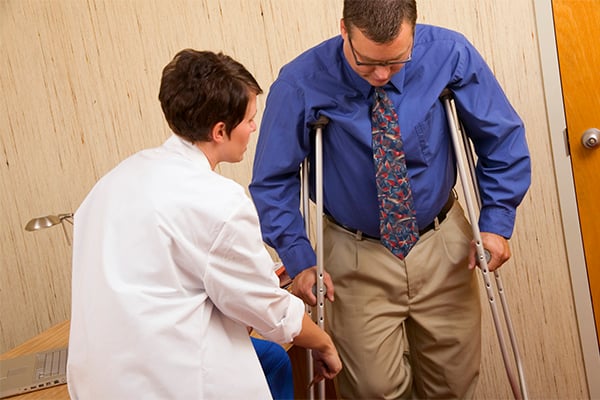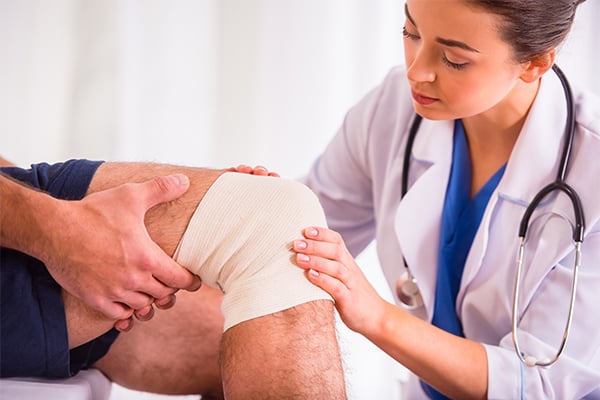
Caring for all your needs
How Concentra Treats Injuries

What is Active Injury Care?
Active injury care is focused on helping you avoid loss of muscle tone and strength after injury, and enabling you to make a smooth and speedy recovery. This means that your clinician will do his or her best to help you stay with your regular routine as much as you safely can. For example, if you’re a runner, it may not be advisable for you to run right away after an injury. Rather than starting to run again immediately, your clinician may advise you to do less strenuous exercise as you’re recovering.

Treating your injuries
When you’re injured, you want someone you can trust to treat your injury—and you want it to go away fast. At Concentra, we’re dedicated to doing just that: providing our patients with high-quality care that will help you get back to work and life as soon as you safely can. Whether you’re seeing us for a work-related injury or something that happened at home, we believe in taking an active approach to injury care that encourages you to be an active participant in renormalizing your life as smoothly as possible.

Concentra's Approach
Our clinicians practice outcomes-based medicine, which incorporates evidence-based medical protocols, helping to set a standard of excellence in the health care industry. This approach has proven effective in returning people to function faster and more affordably, resulting in lower health care costs. Our methodology includes:
- Assessing the injury and its relative urgency.
- Gathering information about how the injury occurred, your medical history, and any other information.
- Establishing a treatment plan, in accordance with our medical model, which encourages continued activity, modified duty, and early return-to-work/activity.
- Optimal timing of referrals, when necessary, to specialists who appreciate our focus on functional recovery and return to work

Scope of Services
Injury care typically refers to treatment of non-emergency injuries sustained at work or home, and can include:
- Abrasions, cuts, and bruises
- Injuries from falls or lifting
- Eye injuries, such as scratches to the surface of the eye or foreign bodies in the eyes
- Sprains of joints (fingers, wrists, and ankles, knees, elbows, shoulders)
- Muscular strains (back, neck)
- Joint injuries
- Broken bones
- Head injuries